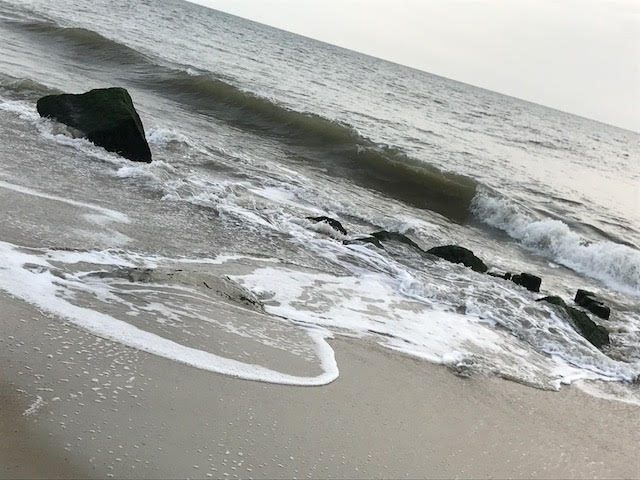
A second way in which the preservationist bridge can be built between the past and future has to do with the establishment of sanctuaries—areas with boundaries in which the old is preserved while the new can flourish all around it. We are not referring to the faux-sanctuaries of yesterday-ville in places like Disneyland, Disneyworld, and Knotts Berry Farm. Rather, we are pointing to places like the French Quarter in New Orleans or the inner city of Tallinn, Estonia (one of the original Hanseatic League cities in Europe). These are preserved sectors within cities that are otherwise modern. Sustained through the use of strictly enforced building codes and often highly priced real estate within the preserved sectors, these sanctuaries attract tourists and enable fortunate inhabitants to have a life that is embedded in both the old and new—what is now often called a “postmodern” way of living.
A third bridge for preservationists is built around one of the other seven enactments of Generativity Three. The preservation of an old tradition can take place through engagement of a regularly occurring ceremony that preserves long-standing traditions, such as the Friday night Jewish Shabbat. It can also be engaged through the designation of sacred places where specific rituals are preserved and enacted—such as the high mass in Catholic cathedrals. In the Islam religion, a series of daily prayers are enacted and traditions preserved either in a majestic Mosque or on a simple prayer rug located in the observant’s home or office. Such forms of preservation align directly with the power of the tangible culture motivation that we identified in Chapter Nine. Particular physical and verbal actions, often occurring in specified sacred locations, enhance the sense of preservation and do honor to the nature of the traditions that lie behind them.
We have reviewed but a few of the ways in which preservation of the old and revered take place in societies throughout the world. Now we move on to a second kind of preservation: the preservation of land in its natural state. There is an abundance of land preservation initiatives in the United States, beginning with the National Parks. As noted in the informative documentary produced by Ken Burns, the United States was at the forefront in declaring that beautiful, natural settings should be preserved and made available to all citizens (unlike conditions that existed at the time in Europe where places of beauty were often owned by the wealthy aristocracy who blocked all public access). National political leaders like Teddy Roosevelt, advocate naturalists like John Muir, and wealthy business leaders like John D. Rockefeller joined together to provide the generative power and resources needed to enable much of the most beautiful land in the United States to be set aside and preserved as national parks and monuments.
Download Article 1K Club


















